Market Analysis
In-depth Analysis of Flat Roofing Systems Market Industry Landscape
The market dynamics of flat roofing systems reflect a dynamic interplay of various factors that influence the demand, supply, and overall landscape of this segment. As a critical component in the construction industry, flat roofing systems cater to a wide range of applications, from residential buildings to commercial complexes. Understanding the market dynamics involves analyzing key elements such as trends, drivers, challenges, and opportunities.
One prominent factor shaping the market is the ongoing trend towards sustainable and energy-efficient construction practices. With a growing emphasis on environmental consciousness, there is an increasing demand for roofing systems that offer high thermal efficiency and contribute to overall energy savings. This has led to a surge in the adoption of innovative materials and technologies in flat roofing systems, such as cool roofs and green roofs, which enhance energy performance and minimize environmental impact.
Moreover, the construction industry's responsiveness to regulatory standards and building codes significantly influences the market dynamics of flat roofing systems. Stringent regulations aimed at improving building energy efficiency and safety have spurred advancements in roofing materials and installation methods. As a result, manufacturers and contractors need to stay abreast of evolving standards to ensure compliance and remain competitive in the market.
The economic landscape plays a pivotal role in shaping the market dynamics of flat roofing systems. Economic growth, construction spending, and real estate development directly impact the demand for roofing solutions. During periods of economic expansion, there tends to be an uptick in construction activities, driving the need for reliable and durable flat roofing systems. Conversely, economic downturns may lead to a slowdown in construction projects, affecting the market negatively.
In addition to economic factors, technological advancements and innovations in flat roofing materials contribute to market dynamics. The introduction of new materials, coatings, and installation techniques not only improves the performance of roofing systems but also provides contractors and architects with a wider array of choices. Enhanced durability, ease of installation, and cost-effectiveness are key considerations that influence the decision-making process in the flat roofing market.
Challenges also shape the market dynamics as industry players grapple with issues such as labor shortages, volatile material prices, and changing customer preferences. Labor shortages in the construction industry can impact project timelines and increase overall costs, while fluctuating material prices can affect profit margins. Additionally, evolving customer preferences, driven by aesthetic considerations and architectural trends, require roofing manufacturers to stay agile in adapting their product offerings.
The competitive landscape is another aspect influencing the market dynamics of flat roofing systems. The industry is characterized by a multitude of manufacturers, suppliers, and contractors vying for market share. Intense competition fosters innovation and encourages companies to differentiate themselves through product quality, customer service, and overall value proposition.


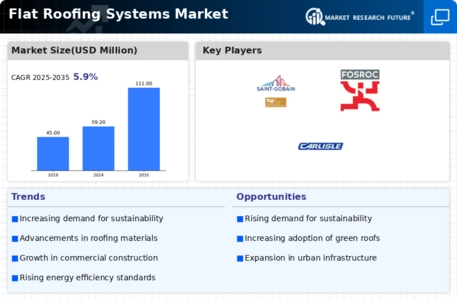
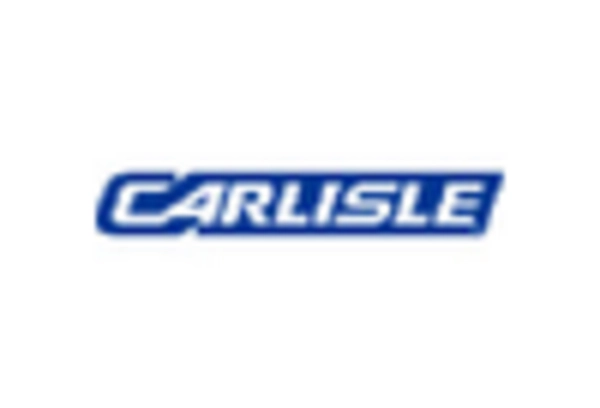
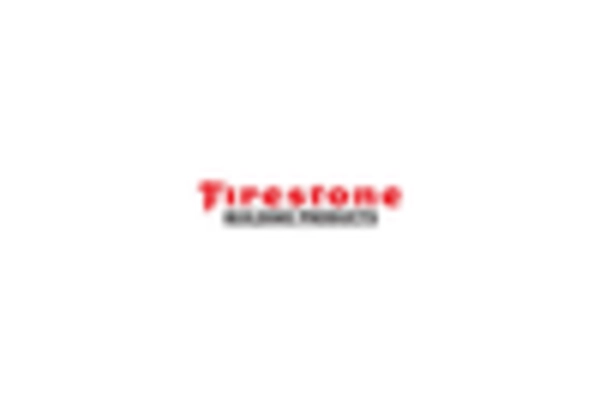
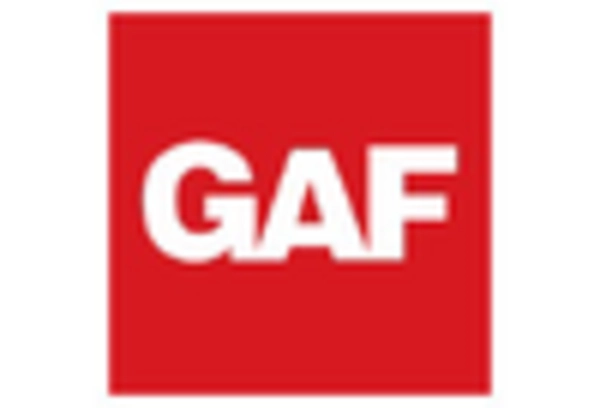
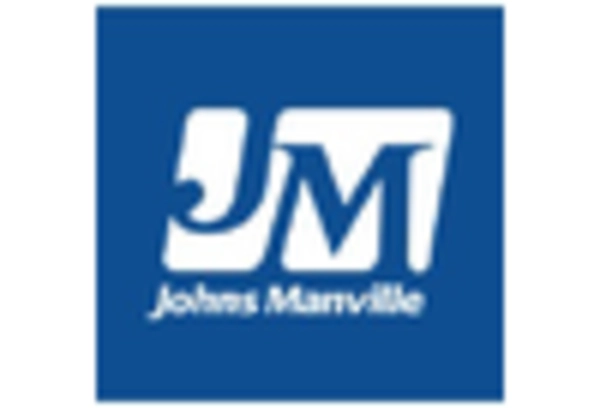
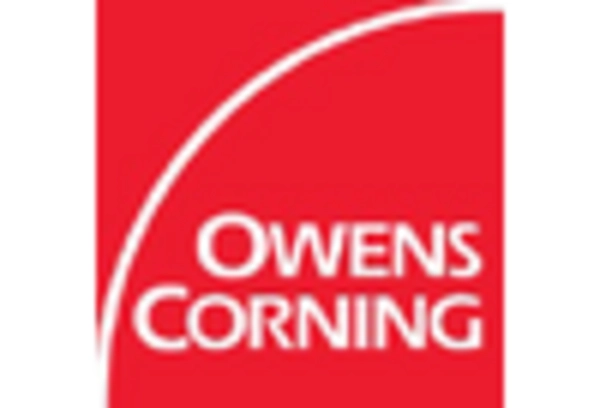
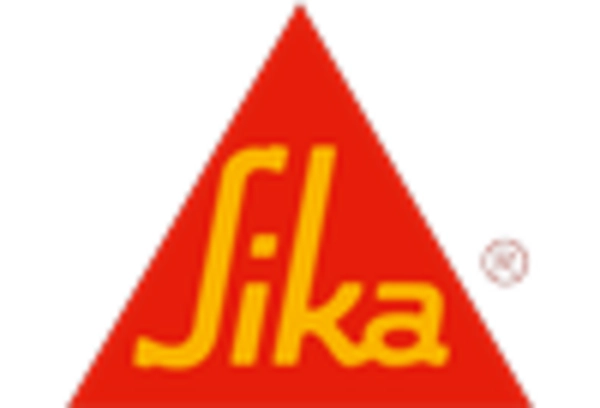









Leave a Comment